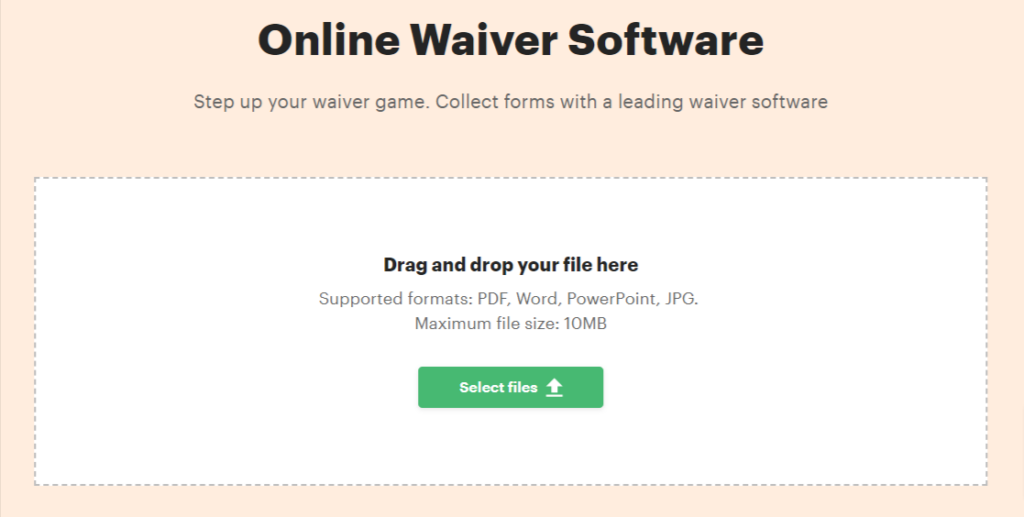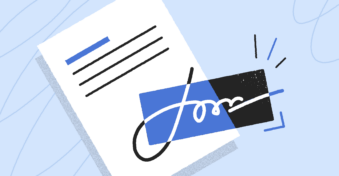Property owners and real estate agents use release of liability forms to protect their physical assets and to avoid getting sued. At the same time, renters sign release of liability to avoid paying exorbitant fees for damages.
But how does a release of liability (on property) work? Let’s get right into it.
What is a release of liability on a property?
A release of liability on a property (property liability waiver) is an agreement between the property owner or custodian and the renter (customer). This agreement states that the renter relinquishes their right to sue the property owner for damages.
A properly written liability waiver should contain the address, indemnification, duration, cleanup and restoration, exculpatory clauses, and the names of the signatories. These details should be written in simple language that both parties can understand.
Types of property waivers
You need property waivers if you are a real estate agent, owner, mortgage officer, or renter. Let’s check out different types of property waivers.
- Appraisal waiver — this contract allows the bearer to reduce the duration of the mortgage evaluation. You must have an excellent credit score to qualify for this waiver.
- Landlord waiver — a letter executed by a landowner to waive terms and conditions in the rental agreement.
- Waiver for damages — an agreement for settling all damages without the interference of the courts.
- Location release — an agreement gives the lender access to use a real estate asset for a specified duration. Movie companies sign location releases before they can shoot scenes in someone’s house.
- Lien waiver — an agreement executed in favor of the occupant of the agreed-upon premises where the collateral is located.
How to be released from liability on property
A property liability waiver holds water if you do the following:
- Ensure the clauses in the contract are in line with current real estate laws in your geographical location.
- Ensure the liability waiver language is clear, concise, and coherent.
- Agree on compensations beforehand.
- Keep your end of the agreement by avoiding gross negligence.
- Provide a legally-binding electronic or hand-written signature.
If the agreement fails to meet any of these standards, it will be considered unenforceable — and you won’t be released from liability.
How to sign your waiver online
To ensure your liability waiver is enforceable, use the free PandaDoc Waiver app to sign it.

The process is quite simple:
- Upload your document to the web interface.
- Sign in or create an account when prompted by the pop-up.
- Drag any of the features from the toolbar onto the document.
- Add signatures, initials, and text fields to your document.
- Click on “Save and Publish” to save the file.
- You can copy the link or embedded code for sharing on your website.
The entire process of signing a waiver on our platform is secure, and it takes less than five minutes to complete. You can also go to your dashboard to access other waivers that you’ve signed earlier.
Conclusion
If you want to be released from your liability on physical property, you’ll need to sign a waiver to protect yourself from getting sued. To be on the safe side, hire a legal practitioner to help you navigate the hurdles involved in property waiver agreements.


